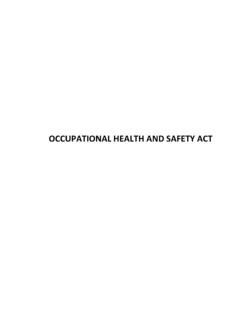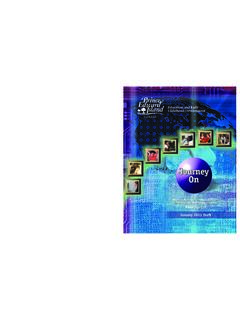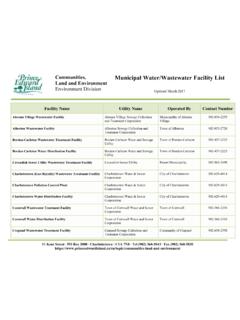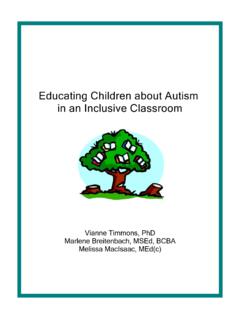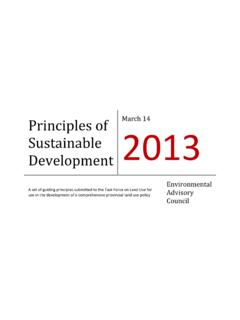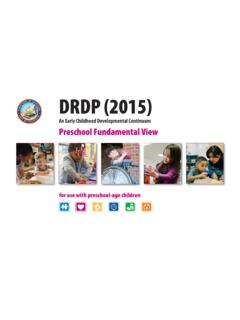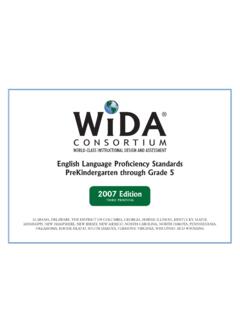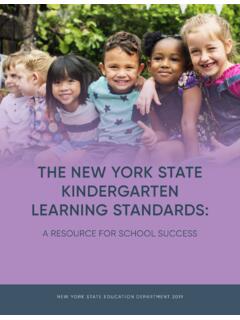Transcription of Guidelines for Running-Reading Record Assessment Guide
1 1 Guidelines FOR running / reading Record Assessment FOR kindergarten TO GRADE 6 TABLE OF CONTENTSTABLE OF CONTENTSG uidelines for running / reading Record Assessment ..3 Purpose ..3 Assessing and Evaluating Student Learning ..3 Introduction ..3 Tools, Tasks, and Strategies to Assess Readers ..3 running / reading Records ..4 Continuum of reading Development ..4 The Role of The Teacher ..5 Text Complexity and End-of-grade Level Progression for english language arts .
2 6 Grade Level Progression for French First language language arts ..8 Grade Level Progression for French Immersion language arts ..10 Two Types of Assessment : formative and formative Assessment ..12 running / reading Records as formative Assessment ..12 Frequency of running / reading Record Assessment for Learning ..12 Summative running / reading Records as Summative Assessment ..14 Frequency of running / reading Record Assessment of Learning ..14 running / reading Records with Early Emergent/Emergent Readers.
3 14 running / reading Records with Fluent Readers ..15 In Summary ..16 Possible Resources ..16 Appendices Appendix A: Instructional reading Level Expectations ..19 Appendix B: Benchmark reading Levels ..20 Appendix C: Correlation of reading Stage with Fountas and Pinnell Letter Level Text ..21 Appendix D: Independent, Instructional and Hard Level Texts: Accuracy and Comprehension ..22 Appendix E: Glossary ..23 References ..242 Guidelines FOR running / reading Record Assessment FOR kindergarten TO GRADE 63 Guidelines FOR running / reading Record Assessment FOR kindergarten TO GRADE 6 Assessing and Evaluating Student LearningIntroduction Assessment and evaluation are essential components of teaching and learning language arts .
4 Without an effective evaluation program it is impossible to know whether students have learned, whether teaching has been effective, or how best to address student learning consistently shows that regular monitoring and feedback are essential to improving student (Foundation for the Atlantic Canada english language arts Curriculum) Assessment is the systematic process of gathering information on student is the process of analyzing, refl ecting upon and summarizing Assessment information, and making judgements or decisions based upon the information Principles of Assessment and Evaluation to inform teaching and to promote and encourage learning be consistent with beliefs about curriculum and classroom practices.
5 And clearly refl ect the various outcomes of the language arts curriculum involves the use of multiple sources of information collected in a variety of contexts recognizes learners as active partners in their own learning and in the evaluation of that learningTools, Tasks, and Strategies to Assess ReadersWhen considering classroom reading Assessment , tools, tasks and strategies (some of which may be completed digitally) include, but are not limited to, the following: anecdotal records conferences formal and informal observations readers notebooks reading attitude surveys readers responses reading logs portfolios running / reading records running / reading records, as an essential tool in the reading teacher s Assessment tool box, will be the focus of this document.
6 ASSESSING AND EVALUATING STUDENT LEARNINGG uidelines for running / reading Record AssessmentPurposeThis working document has been created to increase consistency in the use of running / reading records in Prince Edward Island. These records help assess, evaluate and monitor students literacy development and support planning for FOR running / reading Record Assessment FOR kindergarten TO GRADE 6 Continuum of reading DevelopmentAlthough the paths that children will take to develop effective systems of processing will be differ-ent, some common patterns of behaviours can be noticed and placed along a continuum.
7 In order to facilitate the discussion amongst educators, our language arts curriculum ( english , French and French Immersion) shows this continuum as progressing from early emergent, emergent, and early reading behaviours, through transitional, to fl uent reading emergent and emergent readers are found predominantly in kindergarten -grade 1, early read-ers predominantly in grades one and two, and transitional readers predominantly in grades three and four, and fl uent readers predominantly in grades 4-6.
8 In any given classroom there may be students at all of these stages of development in their growth as readers. ( kindergarten Integrated Curricu-lum Document, Atlantic Canada english language arts Curriculum Guides E-3, 4-6.)(Please note that the terminology associated with the various levels on the continuum convey different meanings in francophone and immersion classrooms. Please refer to the Programme d tudes for the French version of the continuum.) running / reading RecordsRunning/ reading records provide a reliable Assessment of oral reading on continuous text.
9 The teacher uses standard conventions to document what the child is saying and doing as he reads. The use of standard procedures for coding, scoring, analyzing and interpreting the Record ensures that the Record taken is a reliable measure of student performance. At this time the teacher can also take the opportunity to assess for comprehension and fl records are useful in several ways:1. To inform and plan instruction for whole group, small group, and individual To assess text diffi culty in matching texts to To group (and re-group) children into appropriate guided reading To monitor children s reading progress over To closely observe students who have particular diffi culty in the area of reading .
10 The running Record is an excellent way to assess the way in which students are processing print. By taking and analyzing running records, teachers can determine the strategies and cuing systems students are using when they read as well as those with which they need some support. (Atlantic Canada english language arts Curriculum, Grades E-3, p. 250) Guidelines FOR running / reading Record ASSESSMENTBoth running records and reading records provide opportunities for teachers to capture reading behaviour as it occurs during the oral reading of text.

